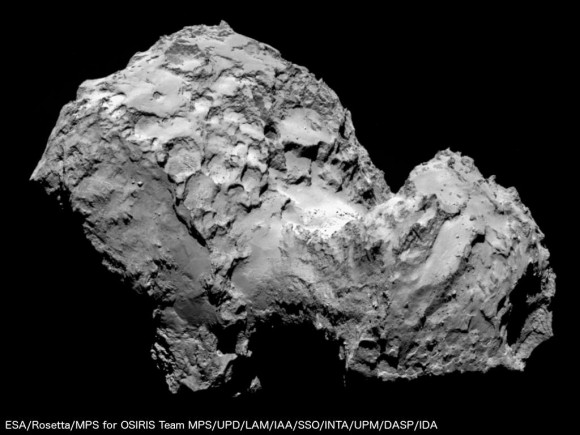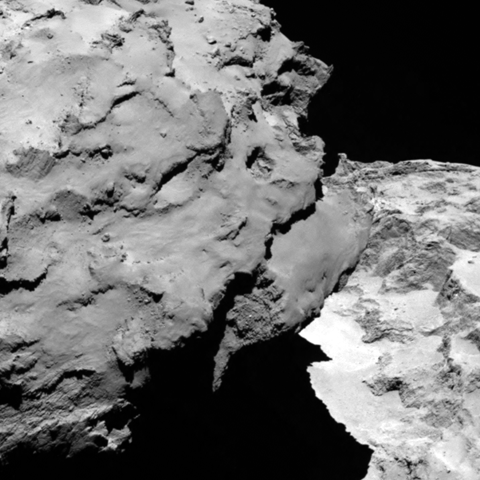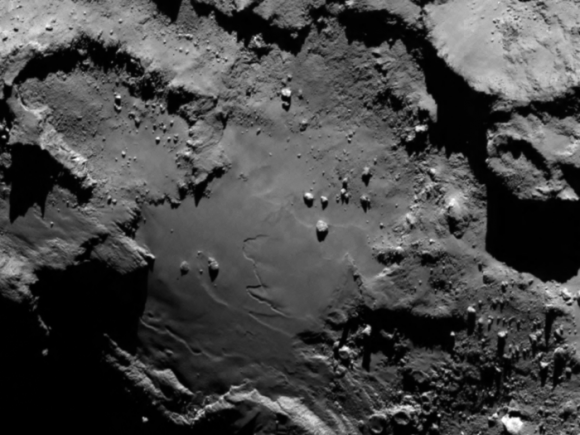Keep in mind that their vaccum was fairly crappy, und even the best vaccum in a laboratory contains many orders of magnitude more atoms than the interplanetary medium. So in principle there was a lot of reaction mass in the chamber.
And even if there was indeed some interesting physics going on, it's at first glance a bit far fetched to ascribe it to virtual particles from quantum vaccum fluctuations.
The vacuum of interplanetary space is not that good and can be reached with serious effort (putting anything in there is likely to spoil that, though).
But yeah, it is going to take a lot more to convince anybody of new physics than some thrust that is unaccounted for. The reason for that "thrust" could be anything, from temperature induced stress to photon recoil.
Here is the more complete paper
http://www.libertariannews.org/wp-c...ustProductionFromanRFTestDevice-BradyEtAl.pdf
Is that supposed to be a serious paper? I would be extremely hesitant to let an undergraduate student pass, if he presented me a paper in such a crappy style.







 (Though it would be even more interesting, since they're "fresh" from the Oort cloud freezer).
(Though it would be even more interesting, since they're "fresh" from the Oort cloud freezer).


